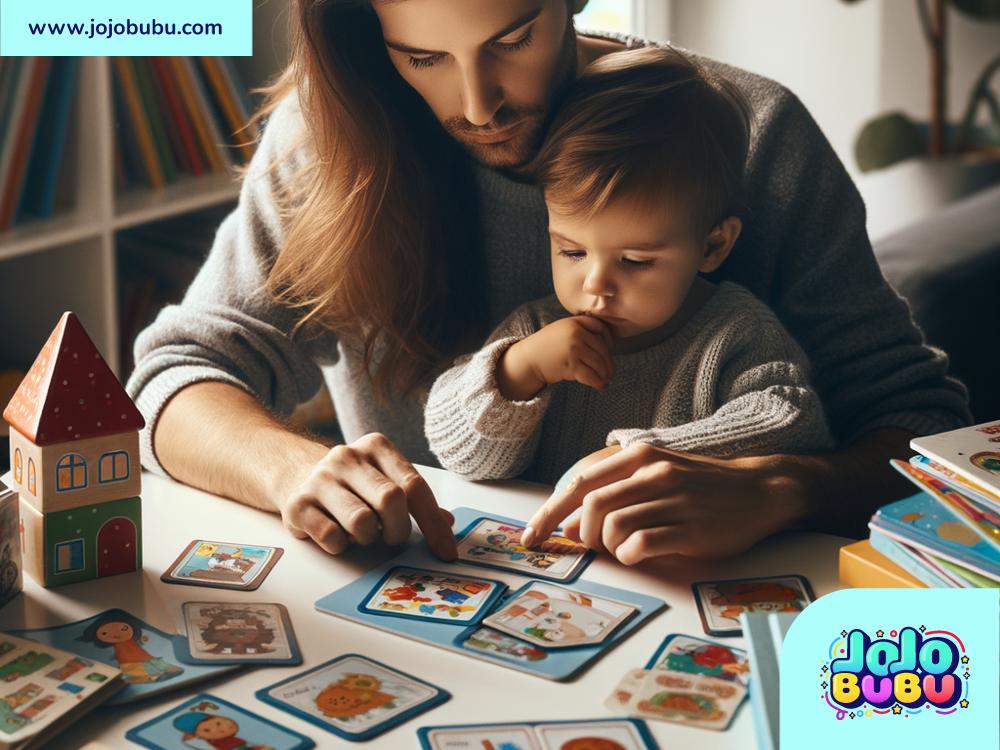Age-Appropriate Decision Making: Helping Kids Make Smart Choices
Making decisions is a big part of life. From choosing what shirt to wear to deciding whether to stay home or go out, every day is filled with choices. But for children and teenagers, figuring out how to make good decisions takes time and practice. Parents, teachers, and caregivers play an important role in helping kids learn how to make choices that match their age and maturity level. This is called age-appropriate decision making. In this blog, we’ll explore what it means, why it’s important, and how you can support kids at different stages of life.
What Is Age-Appropriate Decision Making?
Age-appropriate decision making means teaching children to make choices that are suitable for their age and level of understanding. As kids grow older, their brains and thinking skills develop. They gradually learn how to weigh options, think about consequences, and decide what’s best for themselves.
This process doesn’t happen overnight. A toddler deciding which toy to play with is very different from a teenager choosing whether or not to attend a party. Age-appropriate decision making recognizes these differences and gives kids opportunities to practice making decisions in ways that fit their abilities.
Why Is Age-Appropriate Decision Making Important?
Helping kids learn decision-making skills is crucial for their development. It allows them to become independent, confident, and responsible individuals. Here are three reasons why age-appropriate decision making matters:
-
Builds Confidence
When kids are allowed to make their own choices (under guidance), they feel a sense of pride and accomplishment. Even small decisions—like picking out clothes or deciding which game to play—can boost their confidence and help them trust their own judgment. -
Encourages Responsibility
Learning how to make decisions teaches kids about responsibility. They begin to understand that their choices have consequences, and they learn to think before acting. For example, if a child chooses to skip homework to watch TV, they might face trouble at school the next day. Over time, they’ll learn to be more thoughtful about their choices. -
Prepares Them for the Future
Decision-making is a skill that kids will need throughout their lives. Whether it’s deciding on a career, managing money, or solving problems, the ability to make good choices sets them up for future success.
Age Groups and Decision-Making Skills
How do you know what decisions are appropriate for your child’s age? Here’s a guide to understanding decision-making for different age groups:
Toddlers (Ages 1-3)
Toddlers are just beginning to understand the concept of choice. At this stage, their decisions should be simple and safe. For example:
- Let them pick between two options: “Do you want the red shirt or the blue shirt?”
- Give them choices that don’t involve big risks, like choosing a snack or deciding which book to read.
Toddlers rely on adults for most decisions, but giving them small opportunities to choose helps build their independence.
Preschoolers (Ages 4-5)
Preschoolers can handle slightly more complex decisions. They’re learning to think about their preferences and express their opinions. This is a great time to:
- Let them decide how they spend their playtime.
- Teach them about consequences in simple ways, like explaining why it’s better to wear a jacket on a cold day.
Preschoolers might make mistakes, but that’s okay. It’s part of the learning process!
Elementary School Kids (Ages 6-12)
School-age children are capable of understanding longer-term consequences. Encourage them to:
- Set goals for themselves (e.g., finishing homework before playing video games).
- Make decisions about friendships, activities, and hobbies.
At this stage, it’s important to help kids learn problem-solving skills. If they’re stuck making a decision, guide them by asking questions like, “What could happen if you choose this?” or “How would this choice make you feel later?”
Teenagers (Ages 13-18)
Teenagers need to make bigger decisions as they prepare for adulthood. This includes choices about academics, relationships, and personal values. Support them by:
- Encouraging them to think critically about their decisions.
- Letting them learn from mistakes in a safe environment.
Teenagers also need guidance when it comes to peer pressure, handling emotions, and staying true to their goals. Respect their independence while offering advice when needed.
Tips for Supporting Age-Appropriate Decision Making
-
Be Patient
It’s normal for kids to make mistakes as they learn to make decisions. Instead of getting frustrated, use mistakes as opportunities to teach them. -
Offer Choices, Not Commands
Giving kids options empowers them to think for themselves. Instead of saying, “Do your homework now,” you could say, “Would you like to start your homework now or in 20 minutes?” -
Talk About Consequences
Help children understand what happens when they make certain choices. For example, you could explain how saving money for weeks allows them to buy something bigger in the future. -
Model Good Decision-Making
Kids learn a lot by watching adults. Show them how you make thoughtful decisions in your own life, and they’ll start to do the same. -
Celebrate Good Choices
When kids make smart decisions, praise them! Positive reinforcement encourages them to keep practicing decision-making skills.
Conclusion
Age-appropriate decision making is all about teaching kids to make thoughtful choices that match their level of understanding. Whether they’re toddlers deciding which toy to play with or teens navigating friendships, learning how to make decisions helps kids grow into confident, responsible adults. By offering guidance, patience, and support, parents and caregivers can create a strong foundation for lifelong decision-making skills. Remember, it’s not about getting every decision right—it’s about helping kids learn from the process.

